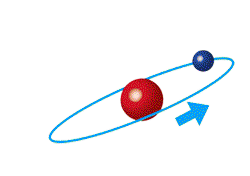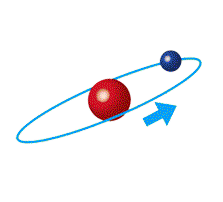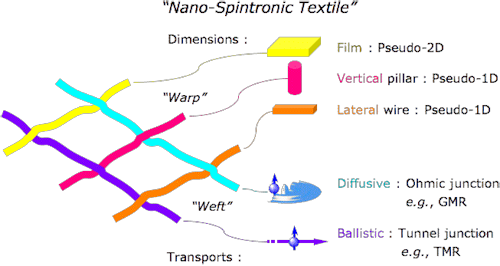Last updated: 05/03/2021
Research

 The final goal of our research is to fabricate a spintronic three-terminal operator by investigating two major subjects: manipulation of a spin-polarised electron current in non-magnetic semiconductor/metal and realisation of perfect spin polarisation in a Heusler alloy film, both of which require nano-fabrication. In particular, the former subject has been investigated by electrically measuring spin transport properties in pseudo-1-dimensional structures, a nano-pillar or a nano-wire. These 1D structures have been fabricated with the "reductive" techniques, consisting of electron-beam nano-patterning and ion-beam etching onto a high quality multilayer. For the latter study to achieve perfect spin polarisation at room temperature, "constructive" methods have been employed for pseudo-2D film growth with precise atomic-scale control.
The final goal of our research is to fabricate a spintronic three-terminal operator by investigating two major subjects: manipulation of a spin-polarised electron current in non-magnetic semiconductor/metal and realisation of perfect spin polarisation in a Heusler alloy film, both of which require nano-fabrication. In particular, the former subject has been investigated by electrically measuring spin transport properties in pseudo-1-dimensional structures, a nano-pillar or a nano-wire. These 1D structures have been fabricated with the "reductive" techniques, consisting of electron-beam nano-patterning and ion-beam etching onto a high quality multilayer. For the latter study to achieve perfect spin polarisation at room temperature, "constructive" methods have been employed for pseudo-2D film growth with precise atomic-scale control.
 By combining these nano-scale dimensions with two distinct spin-polarised electron transprt, ohmic and ballistic, both physics of the spin transport phenomena and spintronic device applications have been systematically studied as shown in the left figure. For the ohmic transport, spin-polarised electrons travel at the Fermi energy EF across a ferromagnet/non-magnetic metal junction for instance, showing giant magnetoresistance (GMR). For the ballistic transport, on the other hand, electron spins hold higher energy (>EF), such as through a tunnel barrier for tunneling magnetoresistance (TMR).
By combining these nano-scale dimensions with two distinct spin-polarised electron transprt, ohmic and ballistic, both physics of the spin transport phenomena and spintronic device applications have been systematically studied as shown in the left figure. For the ohmic transport, spin-polarised electrons travel at the Fermi energy EF across a ferromagnet/non-magnetic metal junction for instance, showing giant magnetoresistance (GMR). For the ballistic transport, on the other hand, electron spins hold higher energy (>EF), such as through a tunnel barrier for tunneling magnetoresistance (TMR).
For further reading
![]() (1 MB).
(1 MB).





